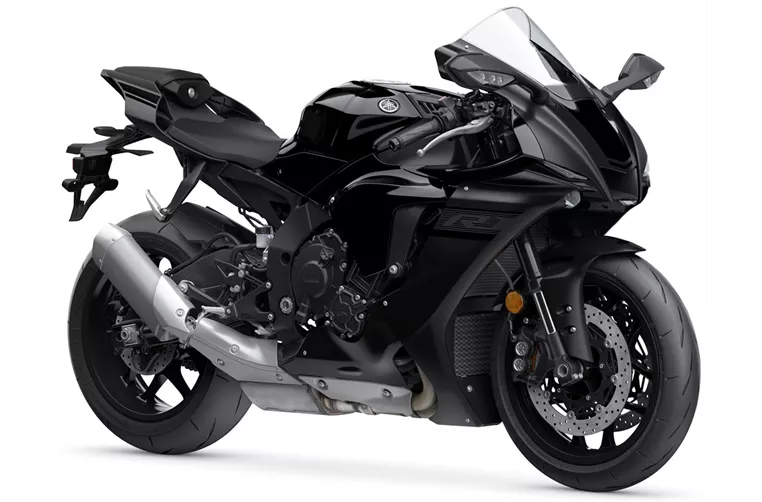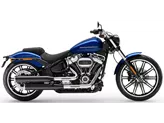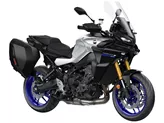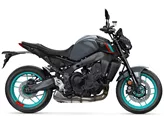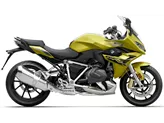Yamaha MT-09 2016 vs. Yamaha R1 2020

Yamaha MT-09 2016
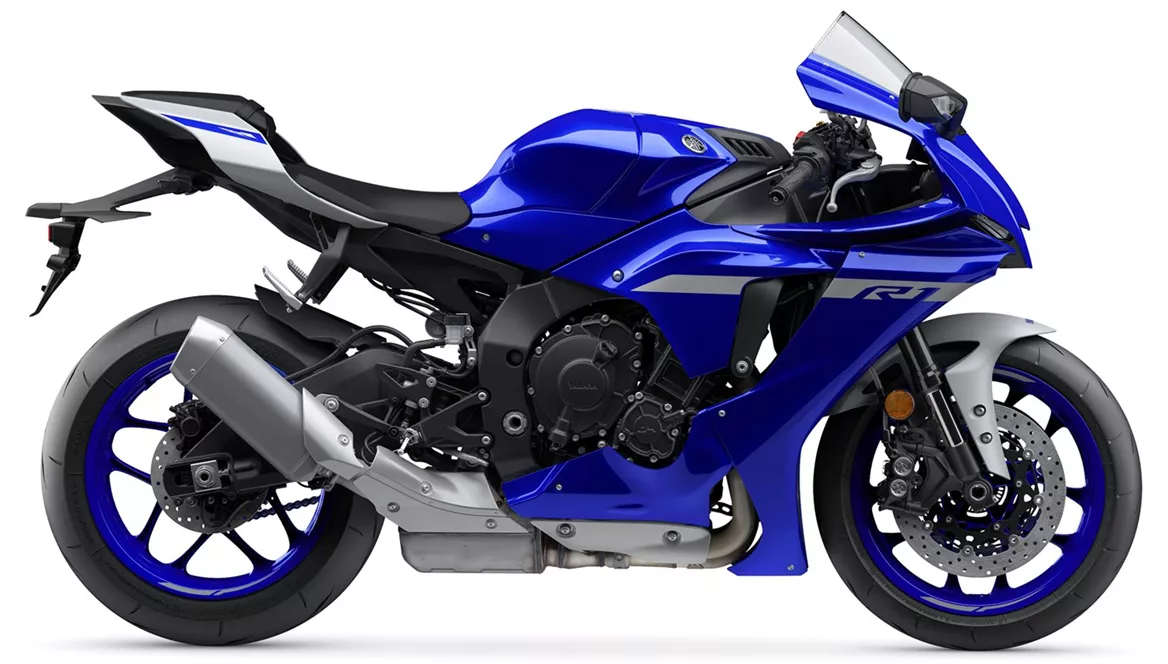
Yamaha R1 2020
Overview - Yamaha MT-09 2016 vs Yamaha R1 2020
The Yamaha MT-09 2016 and the Yamaha R1 2020 are both impressive motorcycles, but they cater to different riding preferences and purposes.
Starting with the Yamaha MT-09 2016, it is a naked bike that boasts a powerful three-cylinder engine. With a bore of 78 mm and a stroke of 59.1 mm, it delivers 115 HP of engine power and 87.5 Nm of torque. The compression ratio stands at 11.5, and it features a DOHC valve system with four valves per cylinder. The displacement is 847 ccm. The front suspension consists of a telescopic fork, and the frame is made of aluminum. With double disk brakes at the front, it offers good stopping power. The front tire has a width of 120 mm and a diameter of 17 inches, while the rear tire measures 180 mm in width and 17 inches in diameter. The wheelbase is 1440 mm, and the seat height is 815 mm. With a weight of 191 kg (with ABS) and a fuel tank capacity of 14 liters, it is relatively lightweight and has a decent range.
The Yamaha MT-09 2016 has several strengths. Firstly, it features a wonderfully powerful three-cylinder powerplant, which provides a thrilling riding experience. Additionally, it offers three power modes, allowing riders to adjust the performance to their liking. The chassis is fully adjustable, ensuring optimal handling and comfort. The inclusion of a quickshifter as standard is a nice touch, enhancing the overall riding experience. The sporty upright seating position offers a good balance between comfort and control. The brakes are reliable, providing ample stopping power. Furthermore, the aggressive looks of the bike add to its appeal. Lastly, the presence of traction control enhances safety and stability while riding.

Yamaha MT-09 2016
However, the Yamaha MT-09 2016 does have a few weaknesses. Some riders may find the saddle to be a little too hard for long tours, which can lead to discomfort. Additionally, the license plate holder on the swingarm offers less splash protection compared to a conventional one, which may be a concern for riders in wet conditions.
Moving on to the Yamaha R1 2020, it is a supersport motorcycle designed for high-performance riding. It features a four-cylinder engine with a bore of 79 mm and a stroke of 50.9 mm. The engine power is an impressive 200 HP, with a torque of 112.4 Nm. The compression ratio is 13, and it also utilizes a DOHC valve system with four valves per cylinder. The displacement is 998 ccm. The front suspension consists of an upside-down telescopic fork, and the frame is made of aluminum. Like the MT-09, it has double disk brakes at the front. The front tire has a width of 120 mm and a diameter of 17 inches, while the rear tire measures 190 mm in width and 17 inches in diameter. The wheelbase is 1405 mm, and the seat height is 855 mm. With a weight of 199 kg (with ABS) and a fuel tank capacity of 17 liters, it is slightly heavier than the MT-09 but offers a larger fuel capacity.
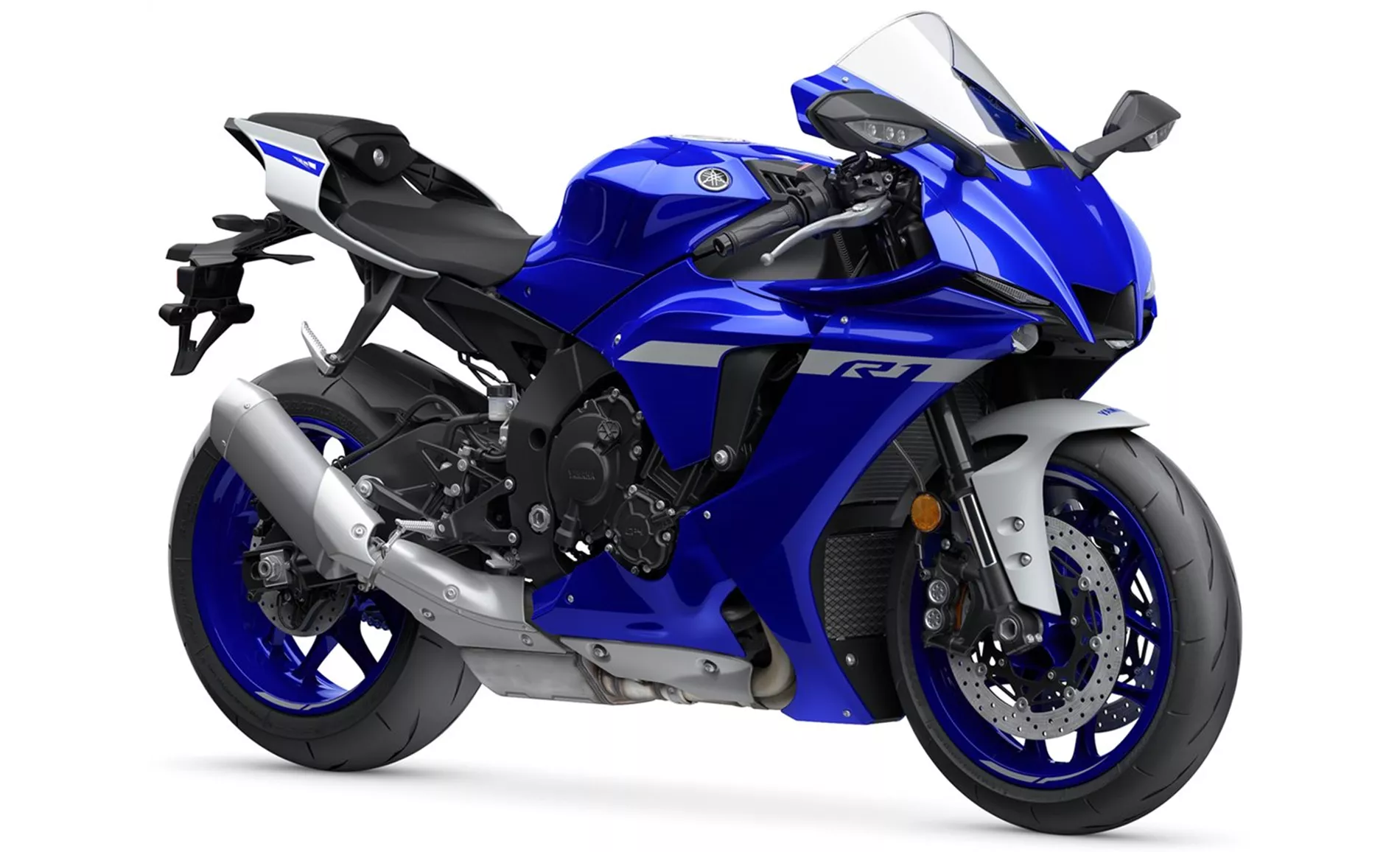
Yamaha R1 2020
The Yamaha R1 2020 has several strengths. Firstly, its powerful engine delivers exhilarating performance, with clean response and a great but not intrusive sound. The chassis is stable, allowing for confident and precise handling. The inclusion of high-quality electronics enhances the overall riding experience, providing advanced features and safety systems. The bike also exudes a wonderfully noble overall impression, with attention to detail and a premium feel.
However, the Yamaha R1 2020 does have one weakness. Some riders have reported that the brakes are not 100 percent satisfactory on the race track, which may be a concern for those who prioritize track performance.
In conclusion, the Yamaha MT-09 2016 and the Yamaha R1 2020 are both impressive motorcycles with their own unique strengths and weaknesses. The MT-09 offers a powerful three-cylinder engine, adjustable chassis, and sporty upright seating position, making it a versatile and enjoyable naked bike. On the other hand, the R1 boasts a powerful four-cylinder engine, stable chassis, and high-quality electronics, making it a top choice for riders seeking high-performance and advanced features. Ultimately, the choice between the two models depends on the rider's preferences and intended use.
Technical Specifications Yamaha MT-09 2016 compared to Yamaha R1 2020
Pros and Cons in comparison
Pros and Cons in comparison
Yamaha MT-09 2016

The Yamaha MT-09 did not need to be reinvented for the coming season - it already was extremely well done almost four years ago. Instead, the Japanese focus on fine-tuning and adding practical, contemporary gimmicks such as traction control and automatic shifting. Due to the Euro4 standard, however, the engine management has been changed once again and offers an emphatically powerful but well controllable power delivery in standard mode; the power explosion of the first generation is now no longer offered even by the sharper A mode. The biggest change, recognisable at first glance, is the, in my opinion, extremely successful design with the more aggressive front and the newly designed rear. All in all, an even snazzier naked bike that was clearly built for the fun of motorcycling.
Yamaha R1 2020
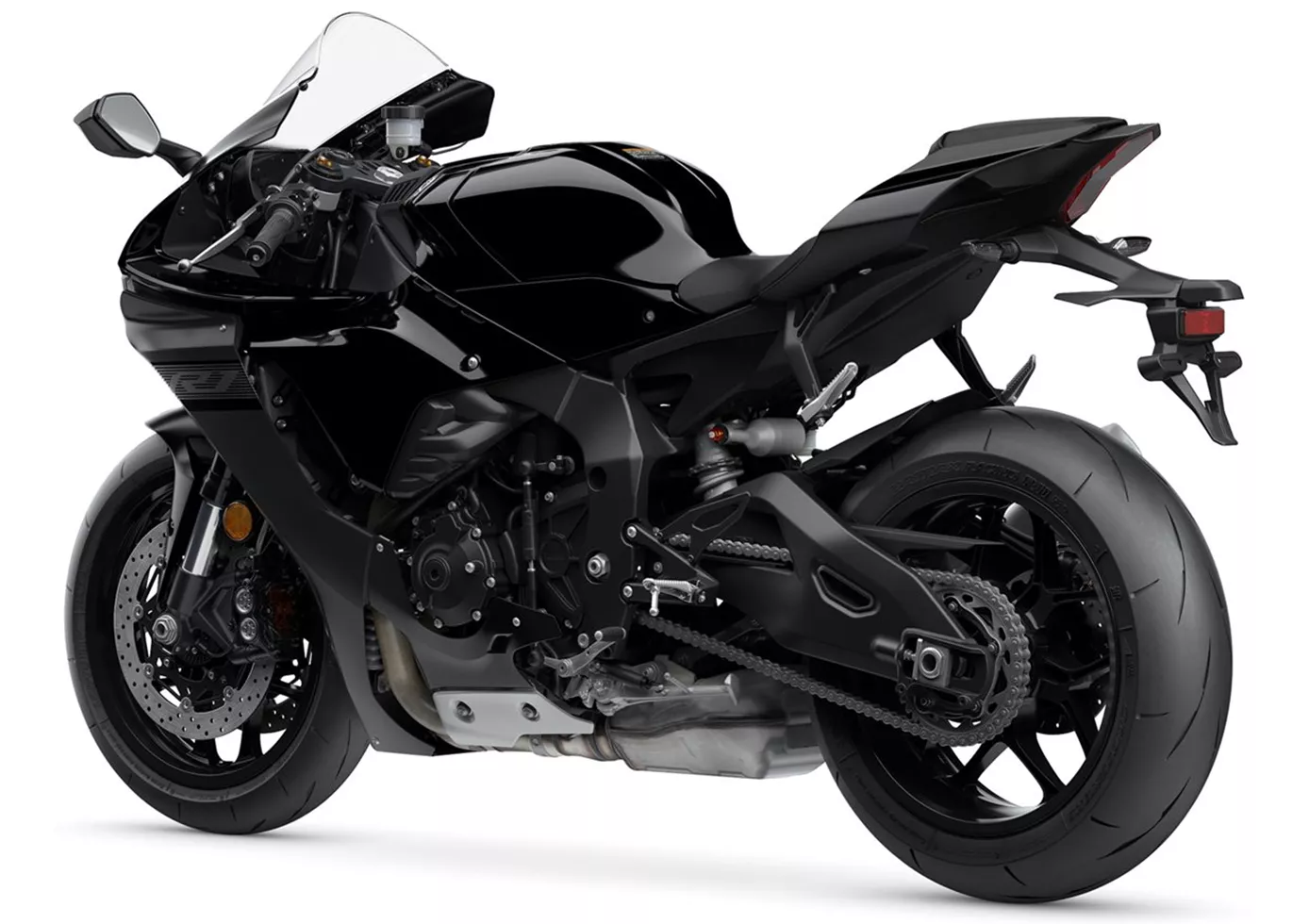
The Yamaha YZF-R1 is mature and makes countless racetrack pilots happy. The engine shines with lightness and agility, the seating position surprises positively and the handling is radical but still "suitable for the masses". The machine immediately stands out visually and also because of the heart-warming sound. Especially on the country road, the bike scores with its well-known strengths: great engine, great electronics, great package! A real pleasure to ride!
Price Comparison Avarage Market Price Yamaha MT-09 vs Yamaha R1
There are a few key differences between a Yamaha MT-09 2016 and a Yamaha R1 2020. In terms of price, the actual average price of a Yamaha R1 2020 is about 182% higher. A Yamaha MT-09 2016 experiences a loss of 430 GBP in one year of ownership. This is offset by a loss of 1,250 GBP for a Yamaha R1 2020. Compared to Yamaha R1 2020 there are more Yamaha MT-09 2016 bikes available on the 1000PS.de Marketplace, specifically 11 compared to 9. It takes less time to sell a Yamaha R1 with 86 days compared to 87 days for the Yamaha MT-09. Since model year 2013 1000PS.de editors have written 57 reviews for the Yamaha MT-09 and 80 reviews for the Yamaha R1 since model year 2005. The first review for the Yamaha MT-09 was published on 10/06/2013 and now has more than 39,900 views. This compares to more than 3,900 views for the first review on Yamaha R1 published on 28/04/2003.

